RSS
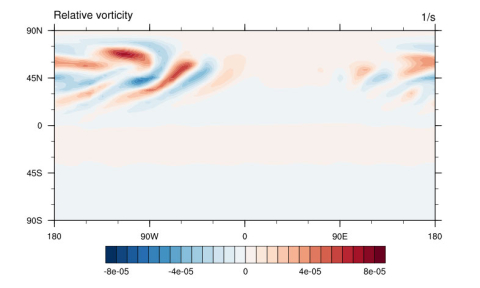
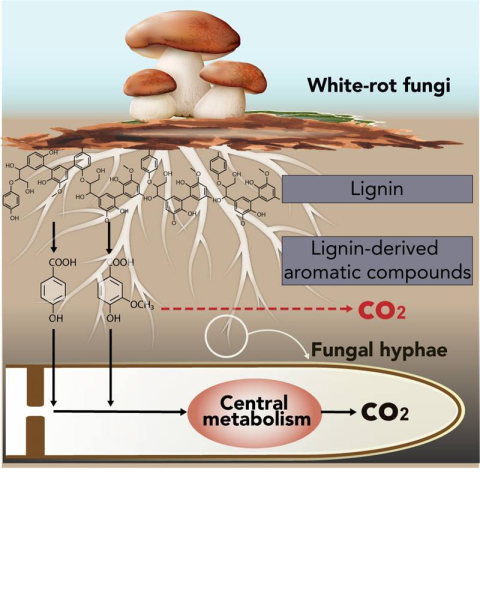
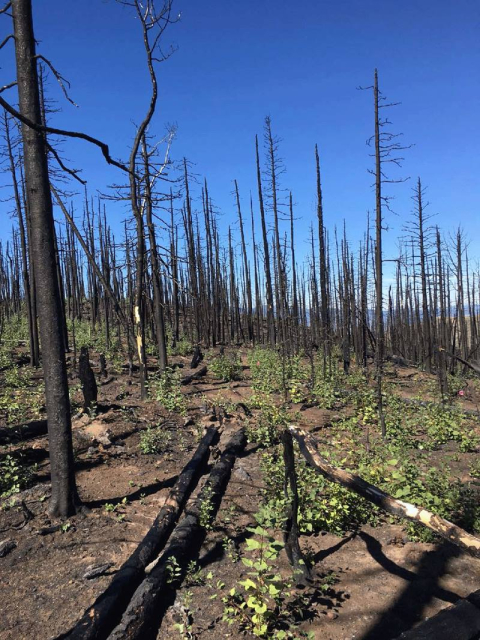
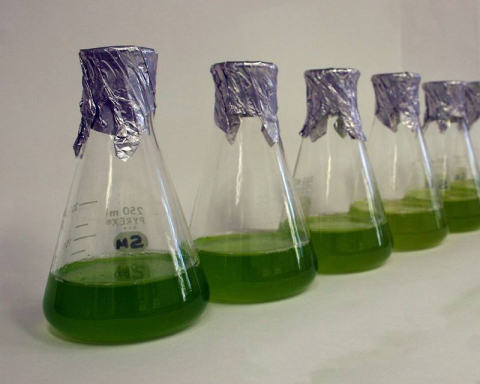
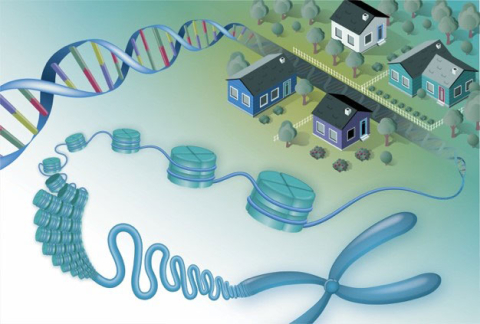
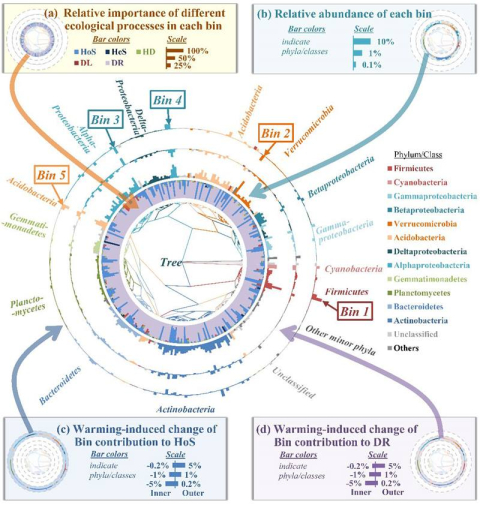
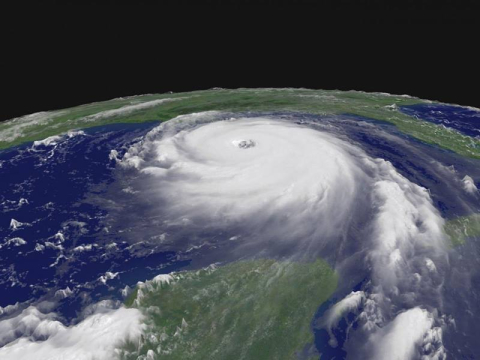
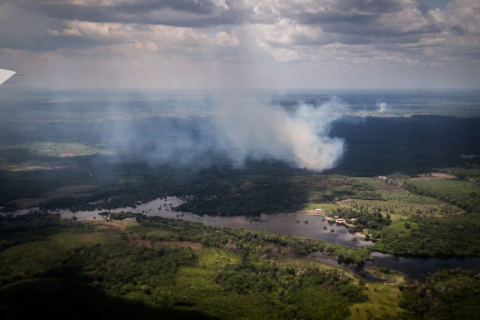
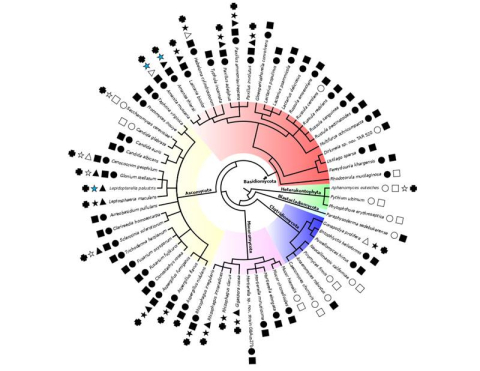


Research produces an improved dynamical core to model the evolution of winds, temperatures, and pressures in the atmosphere.

White-rot fungi use lignin from wood as a source of carbon.

Fires increase the number of fungi when aspen groves regenerate.

Transcription of adjacent genes into a single RNA molecule is widespread in green algae, challenging understanding of gene expression in eukaryotes.

Conserved genomic neighborhoods provide a new discovery tool for understanding gene function in eukaryotes.

A novel computational framework allows researchers to quantify the relative importance of different ecological processes in the composition of microbiomes.

New analysis assesses the realism and biases of tropical cyclones at various resolutions in E3SM

Natural emissions from living organisms drive new-particle formation in the atmosphere over the Amazon.

A unique symbiotic signal is more common among microbes than previously believed and causes unexpected behaviors in pathogenic fungi.

Predictive models indicate cells regulate enzyme activity to maintain liquid center.

